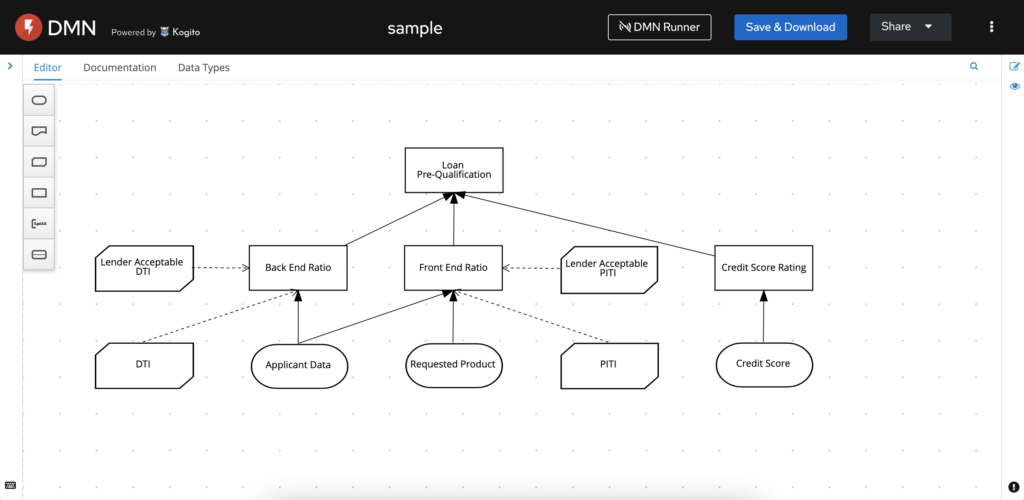Red Hat Advances BPM on OpenShift
Red Hat today updated the Red Hat Process Automation platform as part of an effort to incorporate more elements of the open source Kogito project upon which future versions of the platform will be based.
Phil Simpson, a product marketing manager for Red Hat, said the latest updates for the business process management (BPM) platform that runs atop a Red Hat OpenShift platform based on Kubernetes add a series of decision management tools that are layered in a set of microservices.
Over time, Red Hat Process Automation will similarly add support for the process management capabilities that are part of Kogito BPM software designed specially to run in Kubernetes environments. In addition to making it possible to scale resources up and down more easily, Simpson says business processes will scale better using smaller executables.
IT teams can now also take advantage of Quarkus, a Java framework developed by Red Hat for Kubernetes environments, to define business rules as a set of reusable microservices using the Drools Rule Language (DRL). They can also automatically create REST and OpenAPI endpoints from the decision model and notation (DMN) tools in addition to deploying add-ons to monitor processes.
Red Hat has also integrated Red Hat Process Automation with open source Red Hat AMQ and Apache Kafka, a distributed data streaming platform through which IT teams can surface persistent process streams in real-time. Kafka has emerged as a critical linchpin for streaming data across hybrid cloud computing environments in a way that also provides applications with access to data in motion.
Finally, Red Hat has added support for OptaPlanner 8, a lightweight planning engine that enables Java programmers to resolve optimization issues.
Kogito provides developers employing the Red Hat Process Automation Platform with access to Kogito VSCode tooling that developers can use to construct rules-based processes using a familiar Visual Studio construct. The goal is to increase the number of developers that can build and deploy digital business processes constructed using Java.
Interest in BPM platforms has increased significantly as organizations more aggressively embrace digital business transformation in the aftermath of the COVID-19 pandemic. Those efforts are resulting in the convergence of BPM platforms with robotic process automation (RPA) and artificial intelligence (AI), notes Simpson. In time, Red Hat expects all those capabilities to become more accessible via a BPM platform, adds Simpson.
Of course, the number of available BPM platforms has increased considerably with the arrival of no-code and low-code development tools. However, Simpson says, most complex back end business processes will continue to be driven by platforms based on Java thanks, in part, to widespread dependency on the venerable programming language in the enterprise.
One way or another, more rote business processes than ever will become automated in the months and years ahead. Many of those processes will manifest as a set of microservices based on containers that are easier to construct, update and maintain in a Kubernetes environment. The most critical decisions many organizations are now wrestling with is simply determining which digital business transformation initiatives to prioritize over others.



